Category: fashion
12/02/10 06:41 - 28.ºF - ID#53194
Wool and Lace - Part I

I see I am stuck in step 2. Researching fabrics has to wait because I am off to another exciting salsa class!
Permalink: Wool_and_Lace_Part_I.html
Words: 53
Location: Buffalo, NY
Last Modified: 12/02/10 11:40
Category: fashion
12/02/10 12:37 - 29.ºF - ID#53192
Turns out...
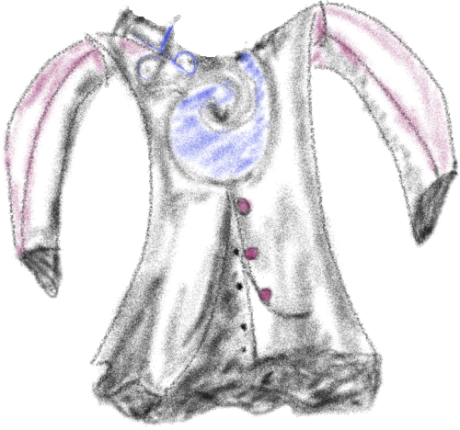
is not how a pattern works or even looks like.
And that has been your sewing lesson for the day.
Permalink: Turns_out_.html
Words: 24
Location: Buffalo, NY
Last Modified: 12/02/10 12:56
Category: eating in
12/01/10 09:34 - 31.ºF - ID#53191
Scharffen Berger Unsweetened Cocoa
Permalink: Scharffen_Berger_Unsweetened_Cocoa.html
Words: 14
Location: Buffalo, NY
Last Modified: 12/01/10 09:35
Category: art
12/01/10 02:46 - 46.ºF - ID#53186
Flamenco!
There can be few images that capture the intense vibrancy of the human form and exquisite tailoring in harmonious yet rebellious action as shots at a flamenco performance.
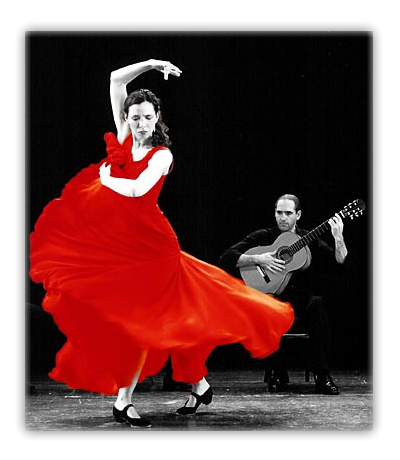
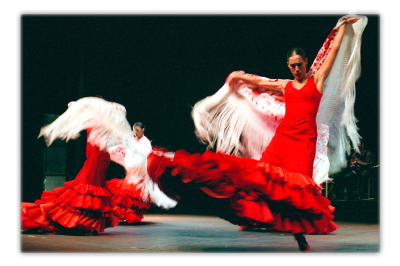
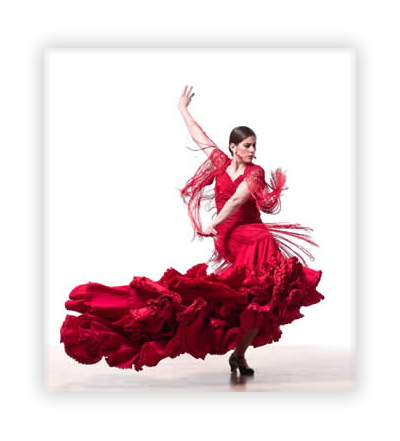
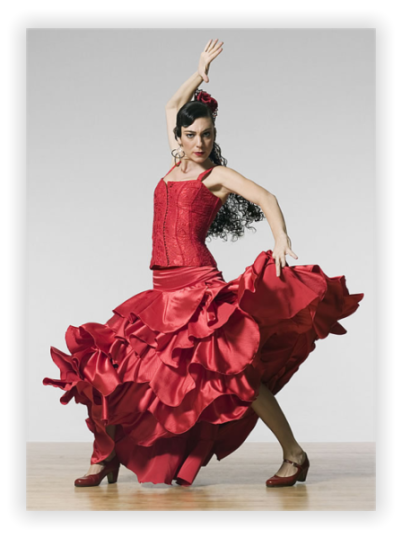

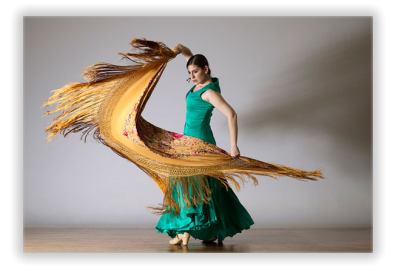
But the most attractive skill for me personally, (if I ever get to learn flamenco) will be learning to dance in these absolutely and gorgeously sexy shoes!
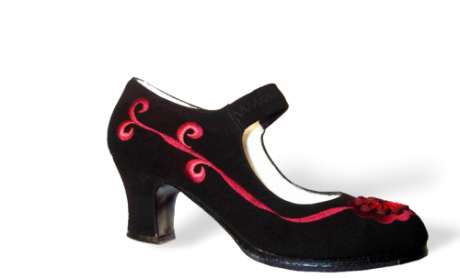
Permalink: Flamenco_.html
Words: 100
Location: Buffalo, NY
Last Modified: 12/01/10 02:57
Category: fashion
11/30/10 05:11 - 52.ºF - ID#53178
Patterning and Sewing a Winter Coat
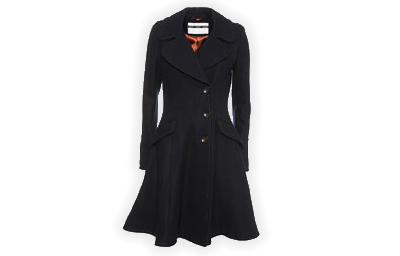
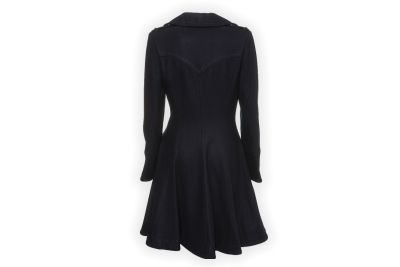
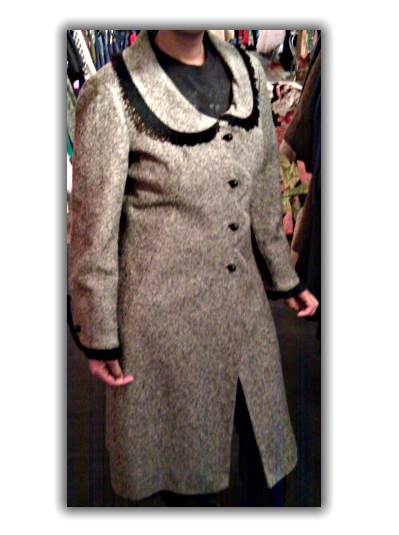
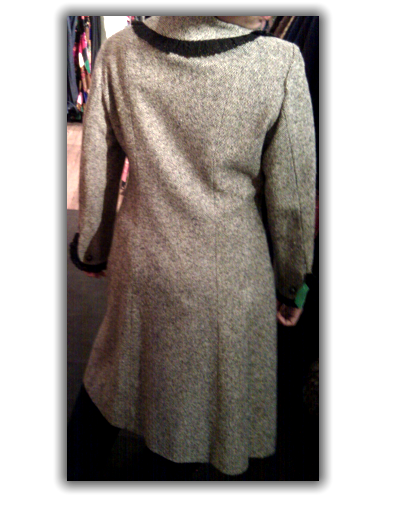
The trouble is how does one make a pattern and sew a coat based on photographs? Does anyone have any experience in drawing patterns (with appropriate sizing) looking at photographs alone?
Permalink: Patterning_and_Sewing_a_Winter_Coat.html
Words: 68
Location: Buffalo, NY
Last Modified: 12/01/10 10:40
Category: i-tech
11/21/10 10:29 - 34.ºF - ID#53146
Twittering no more
Permalink: Twittering_no_more.html
Words: 3
Location: Buffalo, NY
Last Modified: 11/21/10 10:29
Category: dance
11/21/10 02:15 - 32.ºF - ID#53145
Salsera!

She is a true flowing river in spirit and I think I can hear this every time I see her flow in dance!
Permalink: Salsera_.html
Words: 29
Location: Buffalo, NY
Last Modified: 12/11/10 02:45
Category: dance
11/21/10 12:28 - 32.ºF - ID#53143
Salsero!
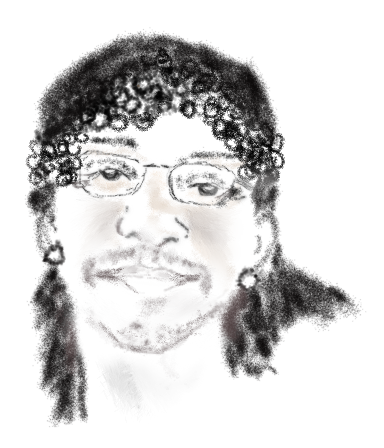
He is the beyond perfect fluid lead who makes it look so effortless, you want to work on those wobbly steps just to match 1/millionth of his grace! :-)
Permalink: Salsero_.html
Words: 31
Location: Buffalo, NY
Last Modified: 12/11/10 02:45
Category: dance
11/20/10 09:54 - 35.ºF - ID#53142
Scientific Salsa
The dance is a fascinating study in body dynamics. Quoting Joanna Bosse, who conducted ethnographic research into Salsa...
One of the most difficult aspects of salsa dance to convey to newcomers is the distinctive counter-body motion—a product of a particular combination of knee, hip, and ribcage movements.
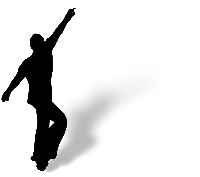
Generally, the basic position requires one bent knee while the other remains straightened, and the basic movement involves alternating bent and straight knees. This juxtaposition of one bent knee and one straightened knee causes a secondary response as the hip above the straight knee juts out slightly. Simultaneously, the ribcage moves in the direction of the bent knee, opposite the direction of the extended hip.
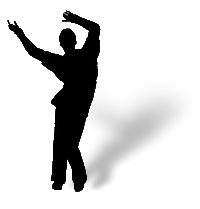
The position of the ribcage serves to balance the weight distribution of the extended hip. With each beat of the music, salsa dancers alternate bent and straight knees and direction of the ribcage, maintaining a level height (with little rise and fall or bobbing of the head) and a balanced center of gravity. Another secondary result of this motion (in addition to the hip movement) is that the arms move forward and back in small circles, following the direction of the ribcage and shoulders.
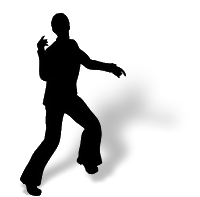
This combination of movements is very subtle and can be executed in a number of ways, depending upon other elements such as arm movement, posture, foot placement, and direction of knee movement; however, it was present to varying degrees among most, if not all, of the Latin American salsa dancers with whom I worked. This is not to say that all Latin Americans were great salsa dancers, but generally speaking this particular issue was not a problem. During my six years of fieldwork I never personally witnessed a salsa dancer specifically reference this aspect—the counter-body motion—in any way. They generally focused on the rhythm and placement of the footwork.
{and this is such an interesting observation...}
Though the Latin American salsa dancers I worked with understood that their hips were moving, their focal awareness was invested in the active engagement of the knees and virtuosic footwork.
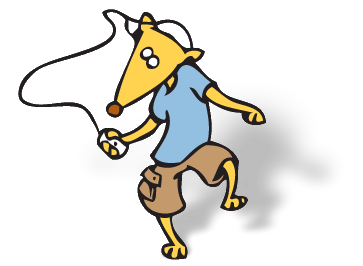
In contrast, outsiders to the genre overlooked the complex interplay of body movements and singled out only the movement of the hips as the root of salsa’s energy and perceived sexual appeal. Many fixated on the hip movement and worked exclusively on its performance, forsaking the necessary footwork and knee and ribcage movements that actually make it possible. This movement was not a typical component of their movement dialect and as such, it was very difficult to master and became something upon which newcomers fixated. This fetishization of hip movement on the part of my informants who were new to salsa resulted, in part, from the fact that the requisite counter-body movement was not a typical component of their movement dialect.
References (Taken in whole from):
Joanna Bosse. "Salsa Dance and the Transformation of Style: An Ethnographic Study of Movement and Meaning in a Cross-Cultural Context." Dance Research Journal 40.1 (2008): 45-64.
::READ PDF::
Permalink: Scientific_Salsa.html
Words: 519
Location: Buffalo, NY
Last Modified: 12/11/10 02:45
Category: dance
11/20/10 12:02 - 38.ºF - ID#53136
Spin baby Spin!

I guess I need to practise something called "spotting". It is described in detail at this

Apparently...
It takes practice and you have to go verrrry slowly at first to get the hang of it... but you will be rewarded by non-wobbly turns, balanced stops, and a better feeling in your stomach all around.
Dancing is best learned visually, so I strongly suggest asking your teacher to teach you how to spot your turns.
You know how if you get motion sick, you're supposed to look at a stationary point? That's the idea behind spotting. If you're looking at something stable, your body will feel stable.
Here's a basic way to practice it without worrying about turn technique:
1. Facing straight ahead, find something to fix your eyes on that is eye level or slightly above. This is your "spot". It may be a wall clock, poster, anything that isn't going to move.
2. Slowly start to turn your body, keeping your focus on the spot *and your head stationary*. At this point your body is turning under your head, almost as if your head is floating. Once your body has turned as far as it can without moving your head, turn a little more so that your eyes are looking sideways at the spot. You are looking over your shoulder.
3. Without moving your feet, and keeping your body as still as possible, turn your head to find the spot looking over the other shoulder. This is the opposite of what happened in step 2 - now your head is turning above your body!
4. Always focussing on the spot, complete the turn with your body.
So your body starts the turn, your head whips around to catch up and go ahead of it, and then your body catches up. Your eyes are on one spot except for when it turns so fast you don't have a chance to get dizzy.
Practise this slowly, stopping at each step to make sure there is full separation between the head and body turn. Do it in each direction. Once it starts feeling familiar, do it without stopping the (still slow) rotation.
Then, do it for the types of spins you do, and work it up faster and faster. While practicing alone, you'll have to find a suitable spot in the room. If you're doing partner dancing, often you'll be spotting on your partner's face.
The other way of avoiding dizziness while spinning only applies if you are not generating the spin or unable to spot without disturbing your position; that is, if you are spinning in a lift, or in a super-fast spin where the partner is really powering it and you are basically turning on the spot. In those cases, you have to learn to "blank out" and not see the room, just sense your own balance and then focus as soon as you exit the spin. Those are special circumstances though!
But I am afraid all that detail sounds a bit like this right now...

Maybe I just need shoes that will not put a brake on my spinning all the time...
Permalink: Spin_baby_Spin_.html
Words: 557
Location: Buffalo, NY
Last Modified: 12/11/10 02:44
Author Info
Date Cloud
- 12/21
- 12/15
- 02/15
- 01/15
- 11/14
- 08/14
- 04/14
- 02/14
- 11/13
- 07/13
- 09/12
- 08/12
- 07/12
- 04/12
- 03/12
- 02/12
- 01/12
- 12/11
- 11/11
- 10/11
- 09/11
- 08/11
- 07/11
- 06/11
- 05/11
- 04/11
- 03/11
- 02/11
- 01/11
- 12/10
- 11/10
- 10/10
- 09/10
- 08/10
- 07/10
- 06/10
- 05/10
- 04/10
- 03/10
- 02/10
- 01/10
- 12/09
- 11/09
- 10/09
- 09/09
- 08/09
- 07/09
- 06/09
- 05/09
- 04/09
- 03/09
- 02/09
- 01/09
- 12/08
- 11/08
- 10/08
- 09/08
- 08/08
- 07/08
- 06/08
- 05/08
- 04/08
- 12/07
- 11/07
- 10/07
- 09/07
- 08/07
- 07/07
- 06/07
- 05/07
- 04/07
Category Cloud
More Entries
After This
My Fav Posts
- Click the heart at the bottom of anyone's blog entry to add it here ;(

 mobile
mobile
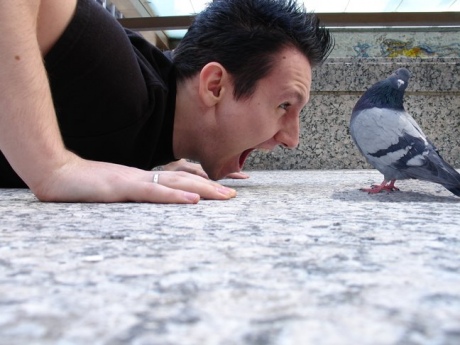


But I have to admit, I am fascinated with Salsa and the whole culture around it. I am drawn to the intensity of the dance and in love with how the music transports me to a very tropical beach when I am walking in a bleak landscape of snow. Its a way to reconnect with art physically - something which I have sorely missed for so many years now.
Fashion is a way of doing the same, in a more subtle way. I miss the wild colours, the mirrors, the embroidery and the precisely tailored clothes I used to wear. They were part of me and who I wanted to be everyday. I miss waking up everyday and knowing that I was not going to be worried about whether my clothes were depressing or not. So, I want to regain at least a minimal part of my expression. I think I now have a hang of how fashion works here. Since tailoring is so expensive, people find alternative ways of avoiding feeling like a dowdily dressed rag. Either they have lot of money (which, I don't) or they spend time hunting for the right fit, the right size and whatnot (which is a herculean task for me since I don't fit the population average and don't have a lot of time or the means of transport to do it anyway).
The only other alternative is pretty clear - personal tailoring. You might think that this coat is a complicated project (and it probably is, technically speaking). But it is just a way of trying to see if I can overcome the sense of being utterly plebeian and expendable - a feeling that I get everyday wearing clothes that clearly were not made for me. It's an experiment, in that sense. I may not necessarily finish this experiment or even get anywhere but atleast, it will have graced my mindspace as an art form!
It's strange that both the Salsa and this insane sewing obsession are really the same thing in a lot of ways...